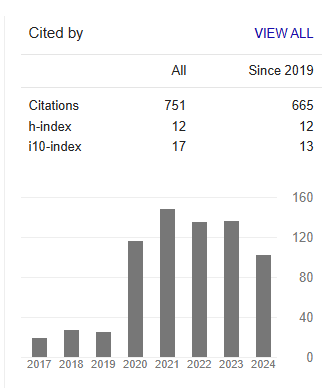Predictors of CD4 cell count and Disclosure of HIV status among HIV-positive Adults under HAART in Amhara Region, North-west Ethiopia
Abstract
Abdela Assefa and Awoke Seyoum Tegegne
Background: There were an estimated 37.7 million people living with HIV in 2020. For more than two decades, HIV/ AIDS has been a major health concern in Sub-Saharan African countries. The main objective of this study was identifying predictors associated with HIV disease disclosure status and CD4 cell count change among adults receiving HAART.
Methods: A retrospective cohort study design was conducted on 300 randomly selected HIV infected adults in the ART clinic at Felege Hiwot Hospital during the study period. Three different models were used for the data analysis namely; a generalized linear mixed-effects model for the longitudinal data, a binary logistic regression model for the binary outcome data, and joint modeling of the two responses linked through a random intercept. Quasi-Poisson mixed effect model was a final model to analyze longitudinal CD4 cell count data based on small AIC and BIC criteria with an unstructured covariance structure.
Results: The descriptive statistics showed that about 23.7% of the patients did not disclose their disease status to their families. The current study indicates that among the predictor variables, non-educated(β=-0.6185,p-value<0.01) , primary educated patients (β=-0.3687,p-value<0.01), employed HIV patients (β=0.3888,p-value<0.01), adherent patients(β=0.2274,p-value<0.01 ) and patients who did not social support(β= -0.1148, p-value=0.030) has significant effect for the variation of CD4 cell counts on HIV positive patients. Similarly, non-educated (AOR=0.000145, p-value<0.01), primary educated patients (AOR= 0.004413, p-value<0.01), employed HIV patients (AOR=3.4562, p-value=0.021), adherent patients (AOR=1.564, p-value<0.01) and patients who did not have social support (AOR=0.075, p-value= 0.0078) had significant effect for the variation of level of disclosure of HIV status. The correlation between CD4 cell count and disclosure of disease status was about 0.4607 which indicates a positive correlation between the two responses.
Conclusions: Significant variables for the variable of interest were were educational level, occupation, adherence, and social support, jointly affecting the two variables of interest among HIV-positive adult patients.



